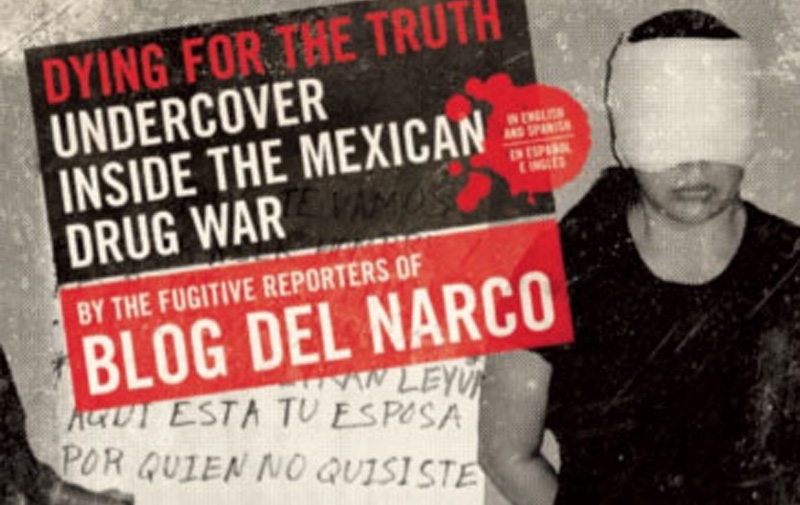
border (17 between Matamoros and Nuevo Laredo), proximity to several major U.S.

The Mexican state has the largest number of international bridges along the U.S. Yet the echoes of Calderón’s anti-crime strategy under Peña Nieto raises the question as to whether Tamaulipas will descend into the same catastrophic chaos seen in Ciudad Juárez from 2008 to 2011.ĭue to its geographical location, Tamaulipas is crucial for the movement of goods between the United States and Mexico. Upon coming to the presidency, Peña Nieto promised a weary Mexican citizenry he would use a less confrontational strategy, minimizing the use of military forces in law enforcement tasks. Yet this policy has done little better than contribute to an intense and brutal wave of violence, which reached its high mark in the border city of Ciudad Juárez. After assuming office, Calderón declared a “war on drugs” and dispatched thousands of federal police and soldiers to reclaim designated areas of Mexican territory from the nation’s drug cartels. In responding to the situation, the administration of Peña Nieto has adopted its own anti-crime strategy of militarization almost identical to that of his predecessor, President Felipe Calderón (2006-2012). This spike in violence has raised concerns about a return to the rampant bloodshed Tamaulipas suffered in 2010, when around 1,200 violent drug-related incidents occurred following the split between the Gulf Cartel and its paramilitary enforcers, the Zetas. Since April 5, infighting among competing factions of the Gulf Cartel, as well as sporadic gunfights with the Zetas, a rival drug trafficking organization, has left over 100 people dead.

Two years into Mexican President Enrique Peña Nieto’s term, the security situation in Mexico remains grim, with violence most recently erupting across the northeastern state of Tamaulipas. By: Michael Lohmuller, Research Associate at the Council on Hemispheric Affairs


 0 kommentar(er)
0 kommentar(er)
